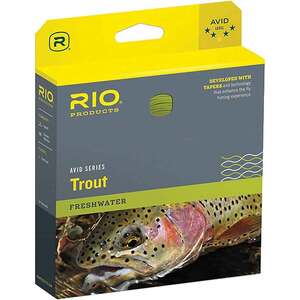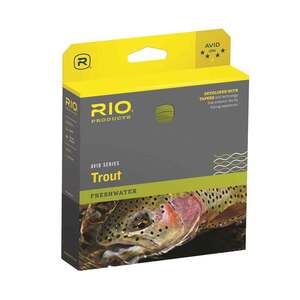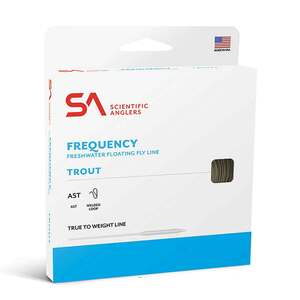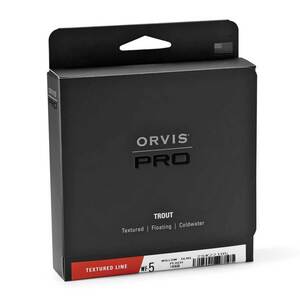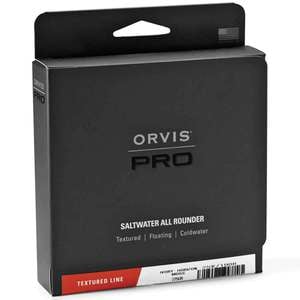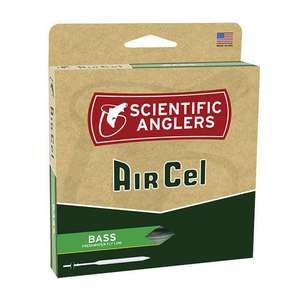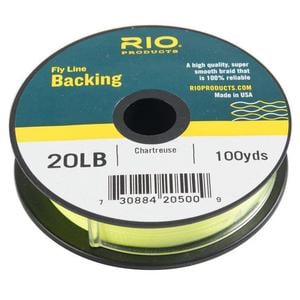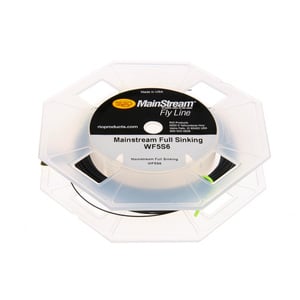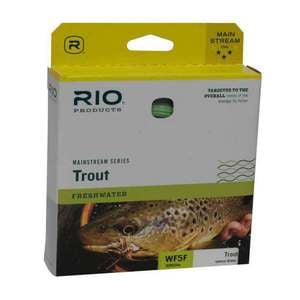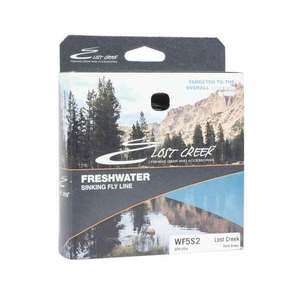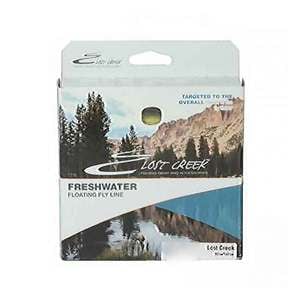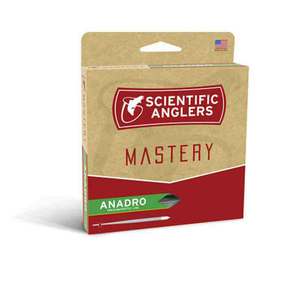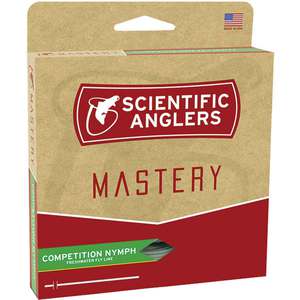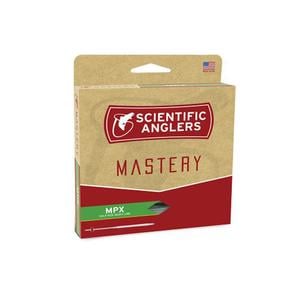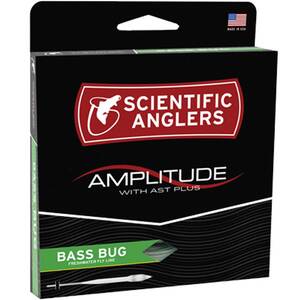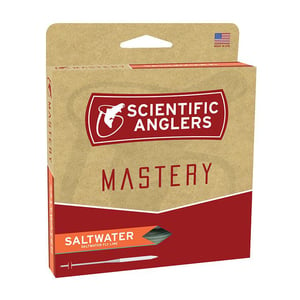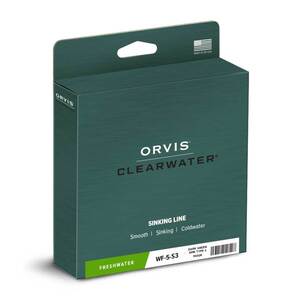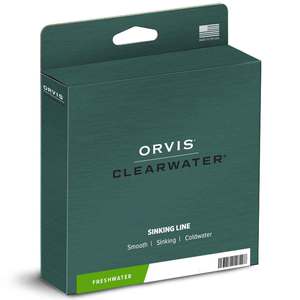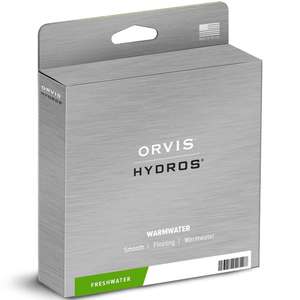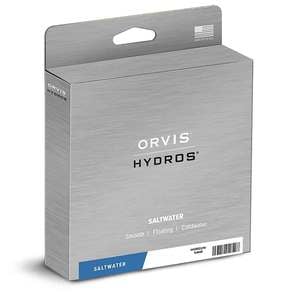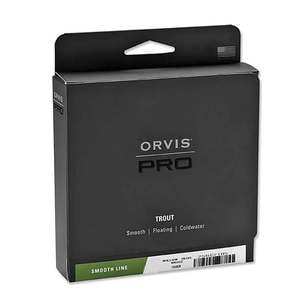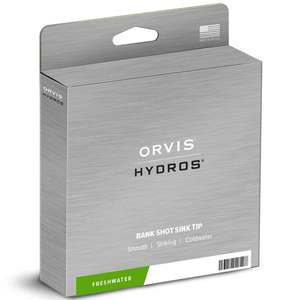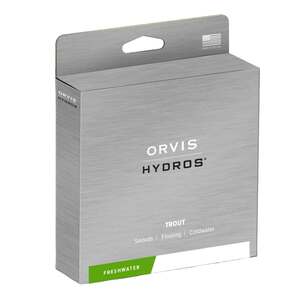Fly Line
(103)-
-
Rio Products Avid Sinking Fly Fishing Line
From $49.97 Original price: $69.99
Pick Up in Store
Ship To Home
-
-
-
Pick Up in Store
Ship To Home
-
-
Pick Up in Store
Ship To Home
-
Pick Up in Store
Ship To Home
-
-
-
-
-
-
Pick Up in Store
Ship To Home
-
-
-
-
-
-
-
-
-
Pick Up in Store
Ship To Home
-
Pick Up in Store
Ship To Home
-
Pick Up in Store
Ship To Home
-
-
-
-
Pick Up in Store
Ship To Home
-
-
Pick Up in Store
Ship To Home
-
-
-
-
-
-
-
-
-
-
-
-
-
-
-
-
-
Pick Up in Store
Ship To Home
Choosing the right fly line is one of the most important decisions you make while preparing for your next fly fishing expedition. You’ll need to replace your line whenever it wears out, and make sure that you are using a line that was designed for the type of fishing you’ll be doing. You can tell it’s time to replace your line when it loses buoyancy or slickness. If you’re a beginning angler setting out for trout, you’ll want a general-purpose floating weight-forward freshwater line. These lines are meant to cover most types of trout stream fishing.
As you gain more experience, you’ll want to get more specific with the type of line you choose. This means becoming more familiar with the aspects of a fly line and what each of them do: the core, the coating, and the taper all affect how the line works. The core is essentially the skeleton of the line, and will determine how flexible and stretchy it is. Monofilament cores are stiffer and therefore cast farther, while multifilament cores are more stretchy and work better in cold weather. The coating of the line is the layer over the core, and is usually made from polyvinylchloride (PVC). Different approaches to coating can also affect the stiffness of the line, and whether it will float or sink. Tungsten powder can be added to ensure the line sinks, or glass microspheres will help it float. The taper of the line determines how it shoots, and is created by the distribution of mass along the line. Weight-forward tapers allow for longer casts, while double-taper lines are an economical option that works for most short- to medium-range fishing.
Make sure your fly line is compatible with your fishing rod, and that your rod, reel, and line are the right weight for your target species and environment. At Sportsman’s Warehouse, you can shop for the best fly line from trusted manufacturers including Rio, Scientific Anglers, and Orvis.


